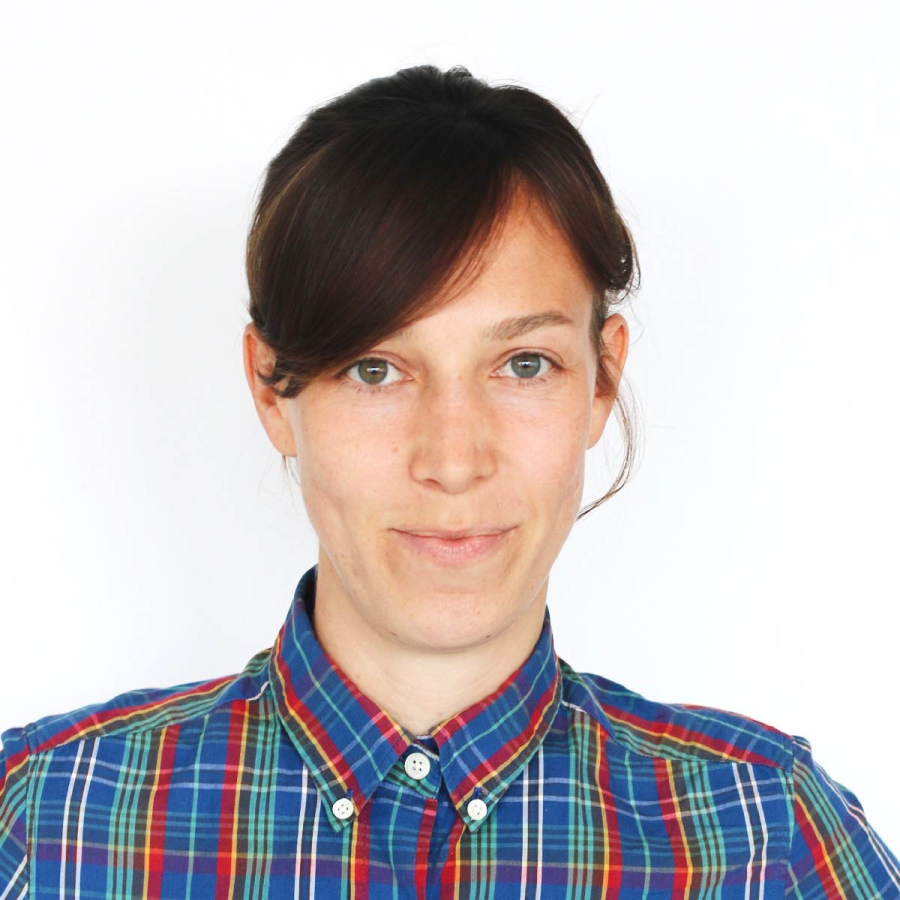Illustrations by Katrin Friedmann
What is a period? Menstruation 101

Originally published on August 31, 2017.
What’s a period?
The menstrual period, which we commonly refer to as just a “period,” is the shedding of your uterine lining (your endometrium). Blood and endometrial tissue flow down through your cervix and vagina.
Why does a period happen?
A period releases the tissue that grew to support a possible pregnancy. It happens after each menstrual cycle in which a pregnancy doesn’t occur — when an egg hasn’t been fertilized and/or attached itself to the uterine wall. The uterus then sheds the lining which had grown to receive a fertilized egg.
Yes, yes, but why exactly does a period happen?
Your cycle uses hormonal signals as cues for what to do next. In the first part of your cycle, one of your ovaries prepares to release an egg. It also produces an increasing amount of the hormone estrogen. This estrogen helps grow and prepare the lining of your uterus (the endometrium) for a potential pregnancy (1).
After your ovary releases an egg (ovulation), it produces the hormone progesterone. Progesterone also helps prepare the uterus for a possible pregnancy, and keeps the endometrium “stable” in your uterus, ready to receive a fertilized egg (2). If an egg is fertilized, it then travels to the uterus over the next several days, implants in the uterine wall, and starts growing a hormone-producing placenta. If, by then, your body doesn’t receive a hormonal signal that a pregnancy is in-progress, levels of estrogen and progesterone drop. This drop in hormones prepares your endometrium to shed, and triggers the production of hormone-like prostaglandins, which cause your uterus to contract, causing your period (3, 4). And the cycle starts again.
In addition to the bleeding that happens during a period, some people also experience light, mid-cycle ovulation spotting.
Fun (not so fun) fact: For some people, prostaglandins also cause cramps, and loose stools and/or diarrhea around the end/start of each cycle (5).
Why can my period change?
Periods fluctuate for a while after they first start. But if you’ve had your period for a few years, it should generally be about the same length and volume each cycle. You may still notice changes from time to time, though — the heaviness and length of your period depends on your hormones, which can fluctuate. Hormones can change temporarily because of things like stress, over-exercising, diet, or taking an emergency contraception pill (the morning after pill).
Your period will also have variations if you don’t ovulate each cycle—you may miss a period, or it may come later than usual, and/or be heavier or lighter and shorter or longer than your usual. Not ovulating during each cycle—anovulation—is common during adolescence and perimenopause, and is a common cause of temporarily absent and/or heavy menstrual periods.
Periods can also fluctuate because of certain health conditions, like uterine polyps, fibroids, or PCOS—conditions that should be addressed with your healthcare provider. Certain bleeding conditions and medications can also affect menstrual bleeding (6).
What’s a typical period like?
A period that happens every 24–38 days
A period that lasts between 4–8 days
A period of between 5–80 ml (that’s up to 6 tablespoons). An average period sheds about 2 to 3 tablespoons (35 to 40 milliliters) of blood and tissue. People who are in the upper 5–6 tablespoons are considered to have heavy menstrual bleeding.
The typical 5–80ml amount would use between 3–16 regular-absorbency tampons or pads per cycle. You can also measure your period flow by using a menstrual cup. It’s easy to overestimate how much blood you shed each period, so a menstrual cup can come in handy if you’re unsure. Talk to your healthcare provider if your period is so heavy (or painful) that it interferes with your daily activities. Prolonged heavy menstrual bleeding can lead to anemia.
Noticing clots or clumps, especially on the heaviest days
Noticing changes in the color of your menstrual blood over your period. Darker colors are common when flow is light. (6–9)
Download Clue to track and understand your period.